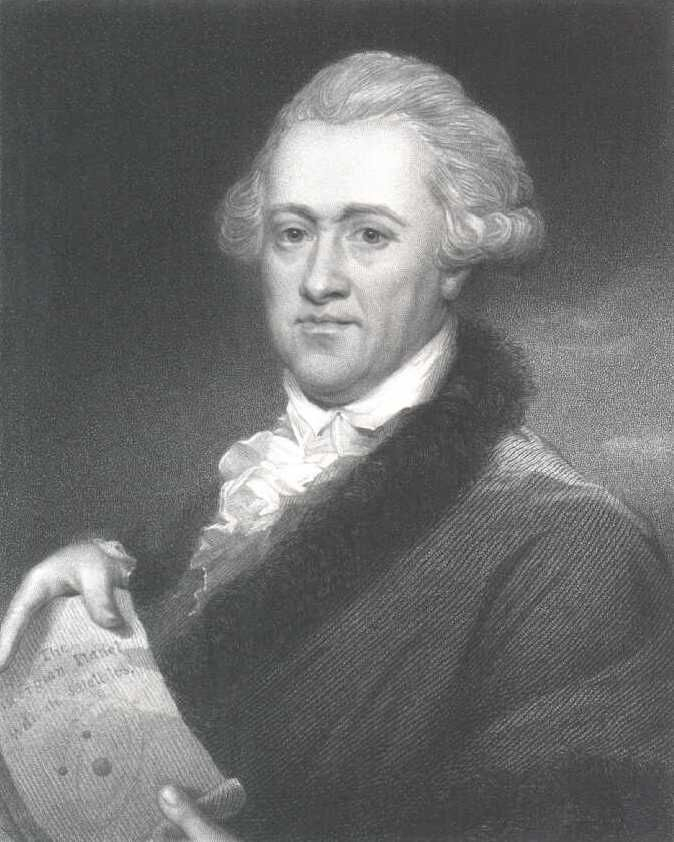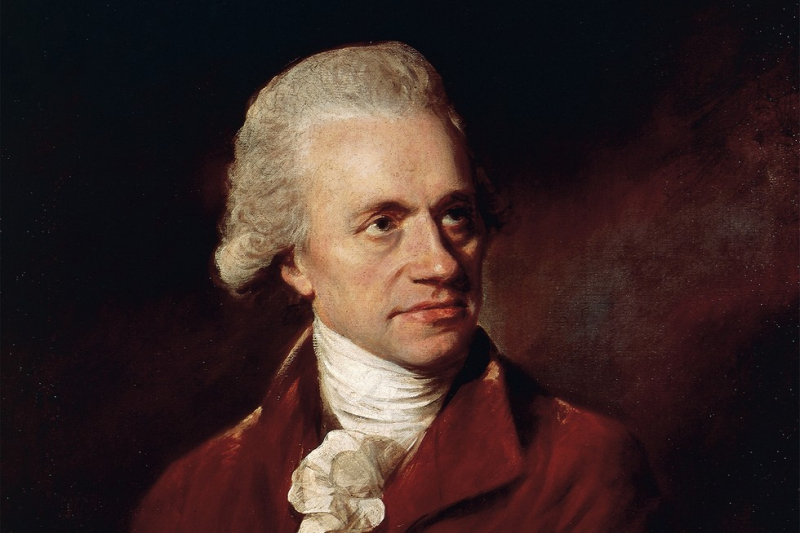Uranus Was The First Planet Discovered In The Modern Age

The majority of planets are visible to the unaided eye and have been studied since antiquity. After the advent of the telescope, Uranus was the first planet to be identified. John Flamsteed, who believed it to be a star in the constellation Tauri, made the first observation of it in 1690. But astronomers didn't understand it was a planet until Sir William Herschel made his observations in 1781.
On March 13, 1781, Herschel was making observations when he noticed a strange object in the sky, which he initially mistook for a star. A few days later, he saw it once more, but this time it had relocated. From its motion, he deduced that it was too close to Earth to be a star and assumed that it must instead be a comet. He told Maskelyne, who, after making several vain attempts to find the object himself, carefully examined its orbit. A closer look revealed it wasn't a comet at all, but rather a previously undiscovered planet.
Herschel swiftly rose to fame, both inside and outside the scientific community. He received the coveted Copley Medal from the Royal Society in November 1781. Herschel cleverly named the new planet Georgium Sidus ('Georgian Star') after him, which pleased King George III, who also provided Herschel a pension that allowed him to give up music and focus solely on astronomy. Eventually, the astronomical community officially settled on the name Uranus, the Latinized version of the Greek god of the sky, and Ouranos, the name stuck.








